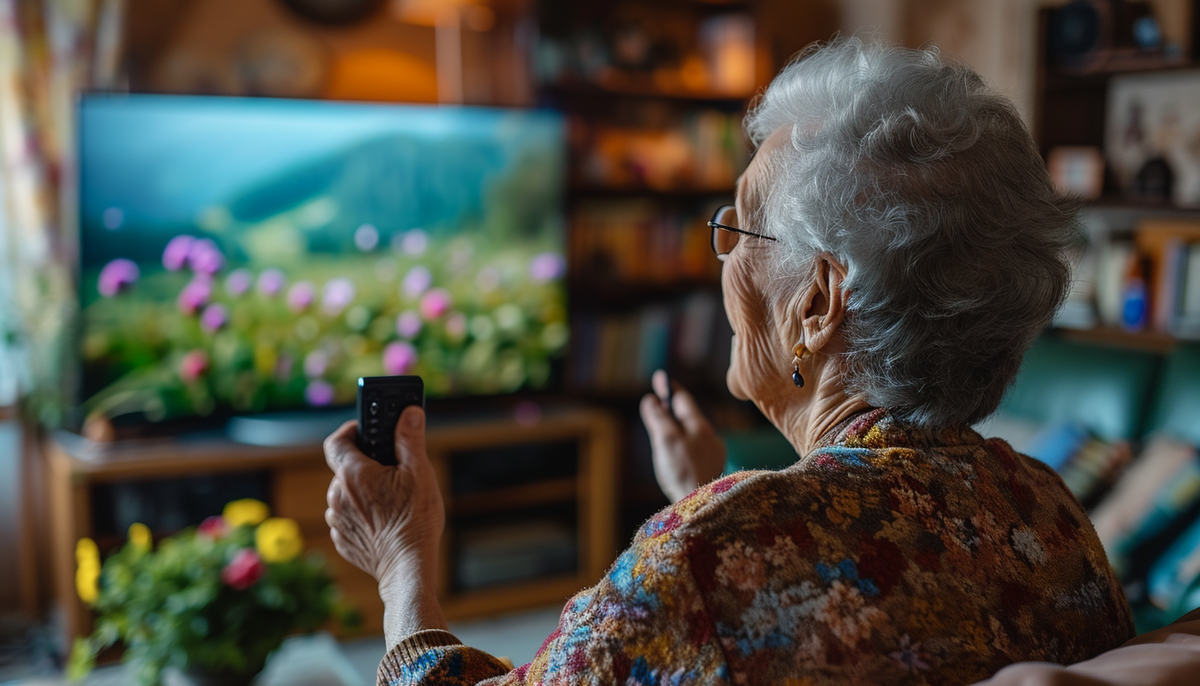
Hearing Challenges in Aging: TV Audio Clarity for Senior Auditory Health
|
|
Time to read 2 min
|
|
Time to read 2 min
As we age, our bodies undergo various changes, and our hearing ability is no exception. Age-related hearing loss, medically known as presbycusis, is a common phenomenon that affects the auditory processing of older adults, making it harder to hear the TV. This type of hearing loss typically occurs gradually and can affect both ears.
One of the main challenges for seniors when watching TV is differentiating speech from background noise. As hearing sensitivity diminishes, the clarity of specific frequencies, often those used in speech, becomes less distinct. This difficulty is compounded in TV shows or movies where there is a significant amount of background music or sound effects.
Turning up the volume might seem like an obvious solution, but it's not always effective. Increased volume can sometimes distort sound quality or exacerbate the issue of background noise, making it even more challenging to understand dialogue.
Modern televisions are equipped with advanced audio technology, including surround sound and bass enhancements. While these features enhance the viewing experience for those with normal hearing, they can often muddle speech clarity for those with hearing impairments.
Hearing aids can be incredibly beneficial for seniors struggling with auditory issues. However, not all hearing aids are compatible with the audio systems of modern TVs, leading to a less than optimal listening experience.
For those who struggle with hearing aids or prefer not to use them, wireless headsets and soundbars offer an alternative solution. These devices can amplify and clarify TV audio, making dialogue easier to understand.
Closed captioning is an invaluable tool for those with hearing difficulties. By providing a visual representation of dialogue and sound effects, it allows viewers to follow along with the audio more easily.
Simple adjustments to TV settings, such as reducing bass levels or increasing treble, can make a significant difference in audio clarity. Customizing these settings can help tailor the audio output to better suit individual hearing needs.
Certain medications can affect hearing ability, either as a side effect or through interactions with other medications. It's important for seniors to discuss their medication regimen with a healthcare provider to understand any potential impacts on hearing.
Preventive measures, such as avoiding exposure to loud noises and regular hearing check-ups, can help maintain hearing health and prevent further deterioration.
Hearing the TV clearly as we age can be a challenge due to natural changes in our auditory system. However, with the right tools, settings adjustments, and understanding of the issue, it is possible to enhance the TV viewing experience for seniors. Embracing these solutions can lead to a more enjoyable and inclusive media consumption experience for those experiencing age-related hearing loss.

